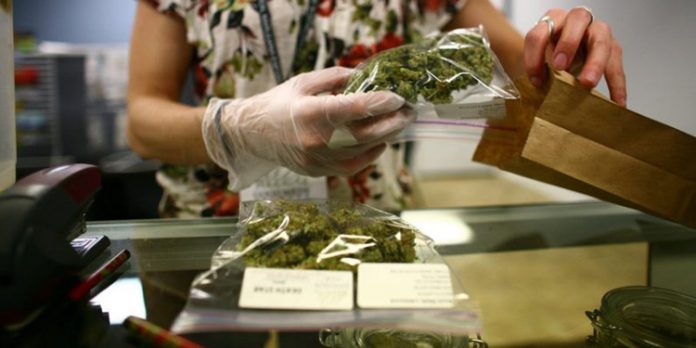Recreational marijuana in Canada is on track to be legalized in July 2018, but there’s a real mix of approaches across the country when it comes to regulating it and selling it.
Across each province, there are still many lingering questions such as where Canadians can buy pot, how much it will cost and the kinds of cannabis products that will be available to the general public.
Eight provinces have set their minimum age to purchase at 19; Alberta and Quebec have made it 18. It’s also looking like you can buy five different cannabis products, which include dry, fresh, oil cannabis, seeds and plants in most provinces.
One thing to keep in mind, though, is that Quebec and Manitoba have said no to home-grows, so it’s not really clear if you’ll be able to buy seeds, or whatever else is needed to grow marijuana plants at home, says Trina Fraser, an Ottawa based lawyer at Brazeau Seller Law who specializes in cannabis business law.
Also across each province, you’ll be able to buy weed through private storefronts, provincially-operated entities, or a mix of both. Also, most provinces and territories have said yes to online sales, except for the Northwest Territories.
Based on frameworks, proposed laws and guidelines released by the provinces, marijuana will mostly be distributed through liquor boards or subsidiaries of liquor boards, like the Cannabis Management Corp. in New Brunswick.
In terms of what Canadians can expect to pay, it’s looking like it will be roughly $10 a gram. In December, finance ministers agreed they wanted to set a price that would deter people from buying pot from the black market.














